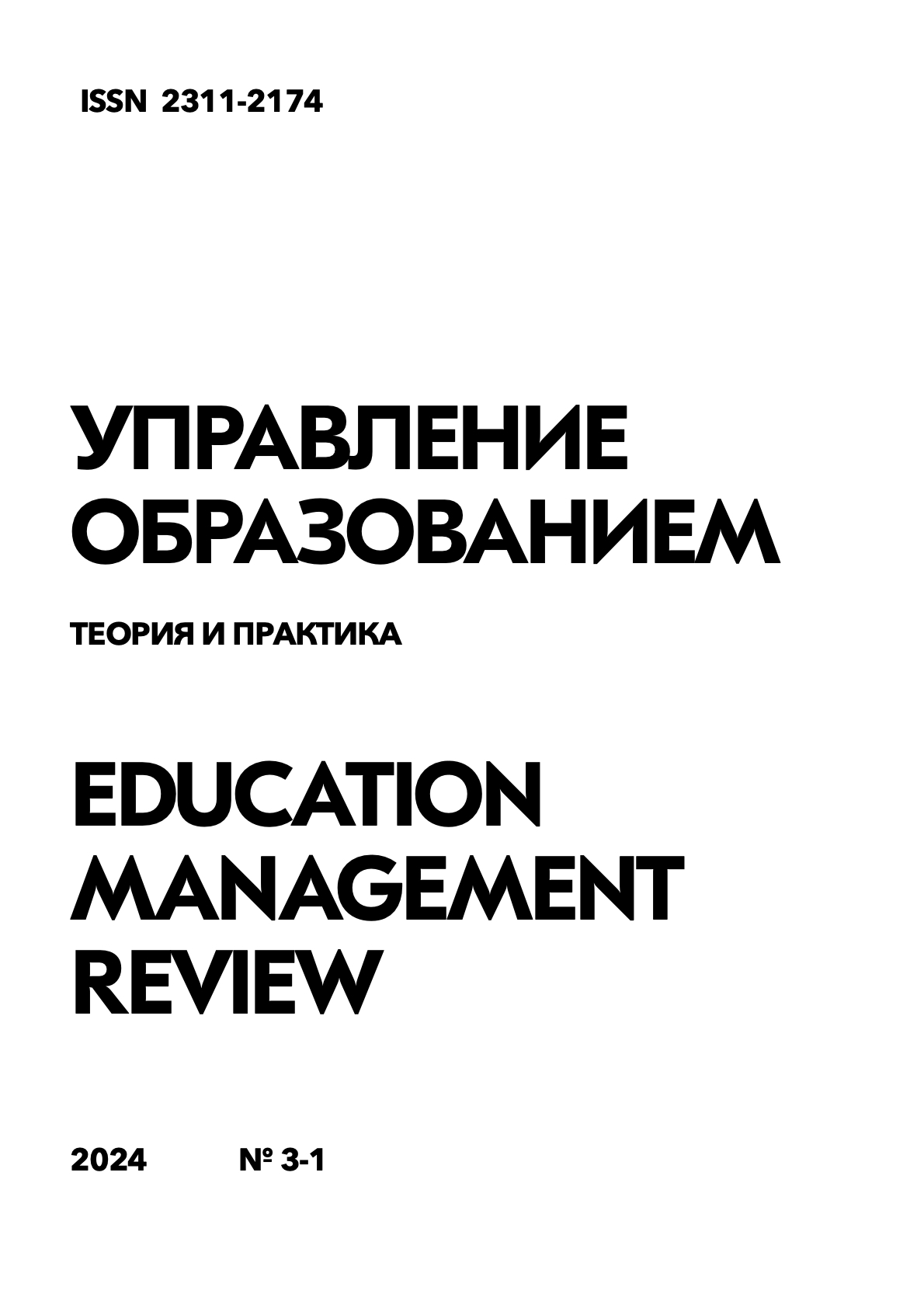Effective employee training practices as a factor in preventing accidents in the mining industry
DOI:
https://doi.org/10.25726/l7078-9808-9499-uKeywords:
mining industry, accidents, injuries, personnel training, occupational safety, interactive teaching methods, VR technologies, training effectivenessAbstract
The relevance of the study is due to the high level of injuries and accidents in the mining industry, which requires the development of effective training methods for employees to minimize risks. The purpose of this article is to study the impact of personnel training practices on accident prevention in the mining industry. The materials and methods include an analysis of statistical data on injuries in the industry for the period from 2015 to 2022, as well as a survey of 350 employees from 15 mining enterprises in Russia regarding the effectiveness of their safety training. The results of the study show that the introduction of regular practice-oriented training programs covering 100% of the staff helps to reduce the number of accidents at work by 35-50% during the first 2 years after the start of the programs. It has been established that interactive teaching methods using VR technologies, simulators and practicing skills are the most effective, allowing to increase the level of material assimilation to 75-90%. The necessity of adapting training programs to the specifics of a particular enterprise and job responsibilities of various categories of employees has been identified. The conclusion is made about the high importance of high-quality personnel training for the prevention of accidents in the mining industry and the need for further improvement of educational methods, taking into account the specifics of production processes and analysis of the best world practices.
References
Антонова Н.Л., Маджар Д.О. Планирование деятельности организации в условиях неопределенности и риска // Наукосфера. 2021. №1-2. С. 170-174. EDN: KFQPCS
Бабин М.М. Бизнес-процессы предприятия как объект внутрихозяйственного планирования // Ученые записки Крымского федерального университета имени В.И. Вернадского. Экономика и управление. 2020. Т. 6. № 3. С. 22-31. EDN: UYWBNS
Барсегян Н.В. Специфика бережливой организации структуры управления нефтехимическим предприятием // Известия Самарского научного центра Российской академии наук. 2020. Т. 22. № 2. С. 100-106. EDN: COHTXB
Батаева Б. С., Кокурина А. Д., Карпов Н. А. Влияние раскрытия ESG-показателей на финансовые результаты российских публичных компаний // Управленец. 2021. Т. 12. № 6. С. 20-32.
Беланова Н.Н. Оценка ключевых бизнес-рисков компаний // Креативная экономика. 2022. №4. С. 132-140. EDN: GENLFW
Вяткин В. Н. Риск-менеджмент. 2-е изд., перераб. и доп. / Москва: Издательство Юрайт, 2023. 365 с.
Глебова Е.В., Волохина А.Т., Вихров А.Е. Оценка эффективности управления культурой производственной безопасности в компаниях ТЭК // Записки Горного института. 2023. Т. 259. С. 68-78. DOI: 10.31897/PMI.2023.12
Гузырь В.В. Инновационная ESG-трансформация фирм как глобальный тренд устойчивого развития // Экономика и управление инновациями. 2022. № 1 (20). С. 33-43.
Демиденко Д.С., Малевская-Малевич Е.Д., Кудряшов В.С., Бабкин И.А. Оценка эффективности деятельности предприятий на основе ESG концепции // n-Economy. 2022. Т. 15. № 4. С. 82-95.
Едемская В.А., Давыдова Е.Д., Сухов Ф.И. Развитие ESG-трансформации ритейла в России // Вестник университета. 2022. № 9. С. 72-80.
Клейнер Г.Б. Экономика экосистем: шаг в будущее. Экономическое возрождение России. 2019. 59 (1) С. 40-45. eDN: YYIULJ
Музалёва Т.И., Решетов К.Ю. Особенности минимизации рисков в металлургической промышленности // Экономика и бизнес: теория и практика. 2022. №. 10-2. С. 104-108.
Репина Е. Д. Реализация ESG-модели на примере ПАО Сбербанк // Производственные системы будущего: опыт внедрения Lean и экологических решений: Мат-лы межд. научно-практической конф., Кемерово, 13-14 апреля 2022 года / под ред. Т. В. Галаниной, М. И. Баумгартэна. Кемерово: Кузбасский гос. технический университет им. Т. Ф. Горбачева, 2022. С. 407.1-407.4. EDN LXTXXX.
Хоменко А.О., Чекмарева М.А., Заболотских Т.В., Ильина С.М., Самарская Н.А. Специфика психологических и социально-психологических рискориентированных подходов к управлению охраной труда // Экономика труда. 2019. Т. 6. № 2. С. 901-912. DOI: 10.18334/et.6.2.40693
Цхадая Н.Д., Захаров Д.Ю. Совершенствование процедуры профессионального отбора персонала для работ с повышенной опасностью // Записки Горного института. 2018. Т. 230. С. 204-208. DOI: 10.25515/PMI.2018.2.204
Litvinenko V.S. Digital Economy as a Factor in the Technological Development of the Mineral Sector // Natural Resources Research. 2020. Vol. 29. № 3. P. 1521-1541. DOI: 10.1007/s11053-019-09568-4
Palyanitsina A.N., Akhmedova A.N. Implementing the case study method in a process of teaching oil engineers // Journal of Physics: Conference Series. 2020. Vol. 1515. № 022049. С. 1-5. DOI: 10.1088/1742-6596/1515/2/022049

